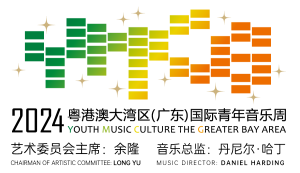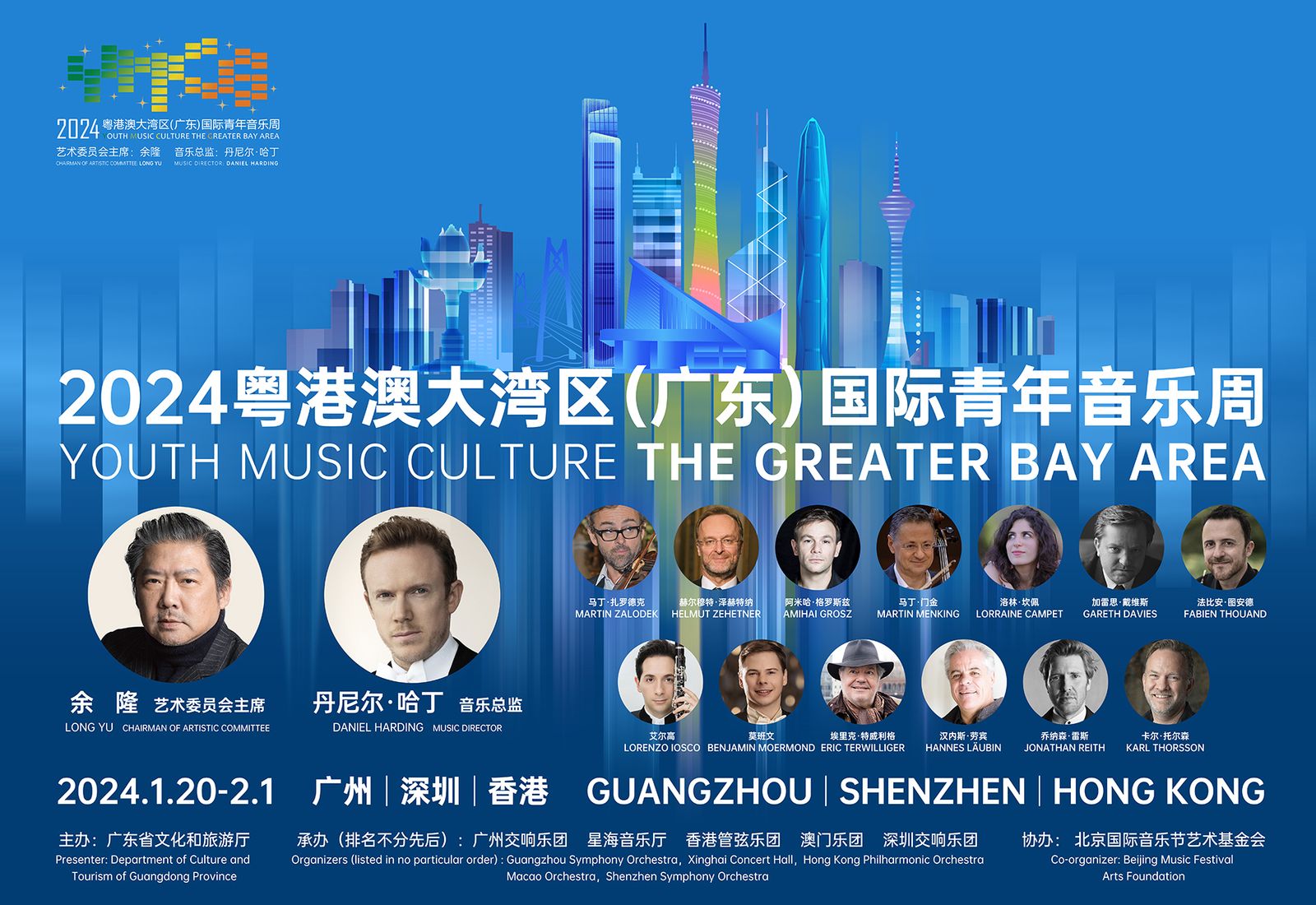Instrument Categories
We will be auditioning for the following instruments: violin, viola, cello, double bass, flute, oboe, clarinet, bassoon, horn, trumpet, trombone, bass trombone, tuba, timpani, percussion (cymbal and triangle).
Audition excerpts (choose two excerpts only)
Violin
Beethoven: Symphony No 9 (3rd Mvt, bars 99 – 114)
Mozart: Symphony No 39, (3rd Mvt)
R. Strauss: Don Juan (4 before fig. H – fig. K)
Debussy: La Mer (2nd Mvt) (fig. 33 – 6 after fig .38)
Viola
Mendelssohn: A Midsummer Night’s Dream (Scherzo)
R. Strauss: Don Juan (beginning to fig. D)
Ravel: Daphnis and Chloé, Suite 2 (figs .158 – 161 and figs. 212 – 216)
Tchaikovsky: Symphony No 6 (1st Mvt, fig. B to fig. D)
Cello
Beethoven: Symphony No 5 (2nd Mvt, beginning to fig. C)
Brahms: Symphony No 2 (2nd Mvt, beginning to fig. A)
Mendelssohn: A Midsummer Night’s Dream (Scherzo)
Tchaikovsky: Symphony No 4 (2nd Mvt, 21 before fig. A to fig.A)
Bass
Beethoven: Symphony No 5 (3rd Mvt, beginning to 5 after fig. A and Trio to 23 after fig. B)
R Strauss: Ein Heldenleben (fig. 9 – 6 bars after fig. 12)
Mozart: Symphony No 35 (4th Mvt (bars 134 – 181)
Mahler: Symphony No 1 (3rd Mvt solo)
Flute
Debussy: Prélude à l’après-midi d’un faune (opening and figs.2 – 3)
Ravel: Daphnis and Chloé, Suite 2 (figs. 176 – 179)
Mendelssohn: A Midsummer Night’s Dream (Scherzo)
Brahms: Symphony No 4 (4th Mvt, 13 after fig. D to 8 before fig. E)
Piccolo
Beethoven: Symphony No 9 (4th Mvt)
Ravel: Ma Mère l’Oye Suite, (3rd Mvt, figs 1 – 4, bottom line only)
Oboe
Ravel: Le Tombeau de Couperin (Prelude and Menuet)
Rossini: Overture to La Scala de Seta (beginning to fig. 3)
Brahms:Violin Concerto (2nd Mvt, beginning to bar 32)
R Strauss: Don Juan (figs. L – N)
Cor Anglais / English Horn
Dvorak: Symphony No 9 (2nd Mvt)
Ravel: Piano Concerto in G (2nd Mvt, figs 6 – 9)
Clarinet
Beethoven: Symphony No 6 (1st and 2nd Mvts, fig F to 9 before fig.G)
Brahms: Symphony No 3 (2nd Mvt, beginning to fig.B)
Mendelssohn: A Midsummer Night’s Dream (Scherzo)
Rimsky-Korsakov: Capriccio espagnole (1st Movt, figs. A to C and 3rd Movt, 11 after fig. K to end)
Bassoon
Beethoven: Symphony No 4 (4th Mvt, first entry to Fig. A)
Tchaikovsky: Symphony No 6 (1st Mvt, first 12 bars)
Mozart: Overture, The Marriage of Figaro (bars 139 – 171)
Ravel: Boléro (figs. 2 to 3)
Horns
Brahms: Symphony No 3 (3rd Mvt, figs. F – G)
R Strauss: Ein Heldenleben (beginning to 5 after fig. 1)
Beethoven: Symphony No 9 (3rd Mvt, bars 82 – 98, 4th horn)
Ravel: Piano Concerto in G (1st Mvt, figs. 25 – 26)
Trumpets
Bizet: Prelude to Carmen
Mussorgsky/Ravel: Pictures at an Exhibition (Promenade, beginning to fig. 2)
Schumann: Symphony No 2 (1st Mvt, first 13 bars (1st and 2nd trumpets)
R Strauss: Don Juan (figs. F to G)
Trombone
Mahler: Symphony No 3 (1st Mvt, figs.13 – 17)
Mozart: Requiem (Tuba Mirum)
Rossini: Overture to William Tell (first entrance to 40 bars after)
R.Strauss: Ein Heldenleben (2nd trombone, figs. 60 – 65)
Bass Trombone
Haydn: The Creation (No 26) (beginning to fig. C)
Kodály: Háry János Suite (4th Mvt)
Respighi: Pines of Rome: II Pini presso una catacomba
Schumann: Symphony No 3 (4th Mvt, beginning to 13 after fig. A)
Tuba
Prokofiev: Symphoy No 5 (1st Mvt, figs. 3 – 6)
Respighi: Fontane di Roma: La fontana di Trevi al meriggio (figs. 11 – 14)
Timpani
Bartók: Concerto for Orchestra (Intermezzo, bars 42 – 51)
Beethoven: Symphony No 9 (1st Mvt, beginning to fig. A and 18 before fig. S to end)
Elgar: Enigma Variations (Var.VII)
Brahms: Symphony No 1 (1st Mvt, beginning to fig. C)
Cymbals
Dvorak: Scherzo Capriccioso (fig. Q to end)
Rachmaninov: PC No 2 (3rd Mvt, figs. 32-33)
Triangle
Brahms: Symphony No 4, 3rd Movt (fig. I to end)
Liszt: Piano Concerto No 1 (figs. E to H)
You can download the audition parts music by following this link:
Financial terms
Tuition fees and local accommodation will be provided throughout the 2024 YMCG; Travel expenses betweeen student’s residence and YMCG locations are at student’s own expense.
Contact
If you wish to contact YMCG please email: ymcg@gso.org.cn

